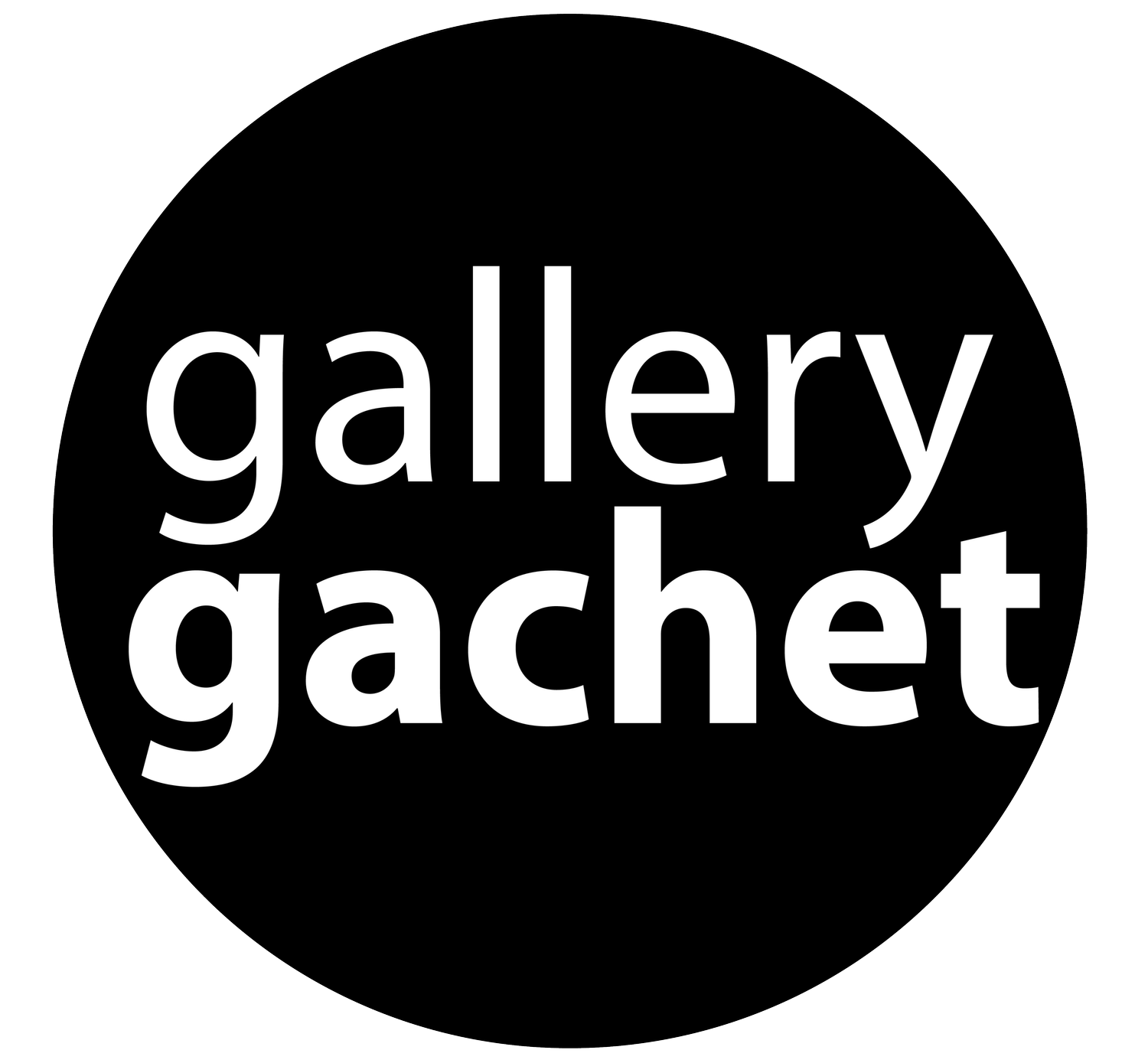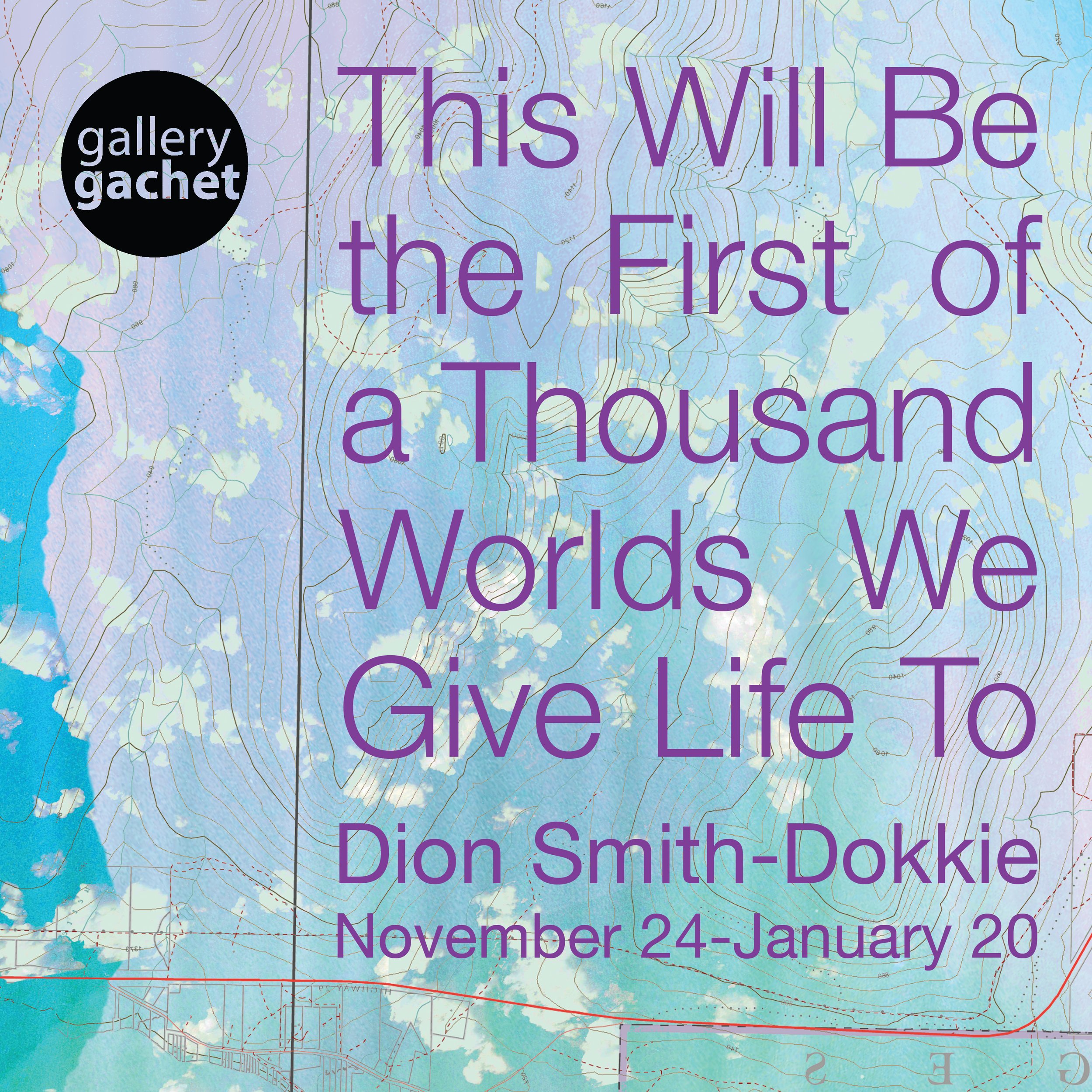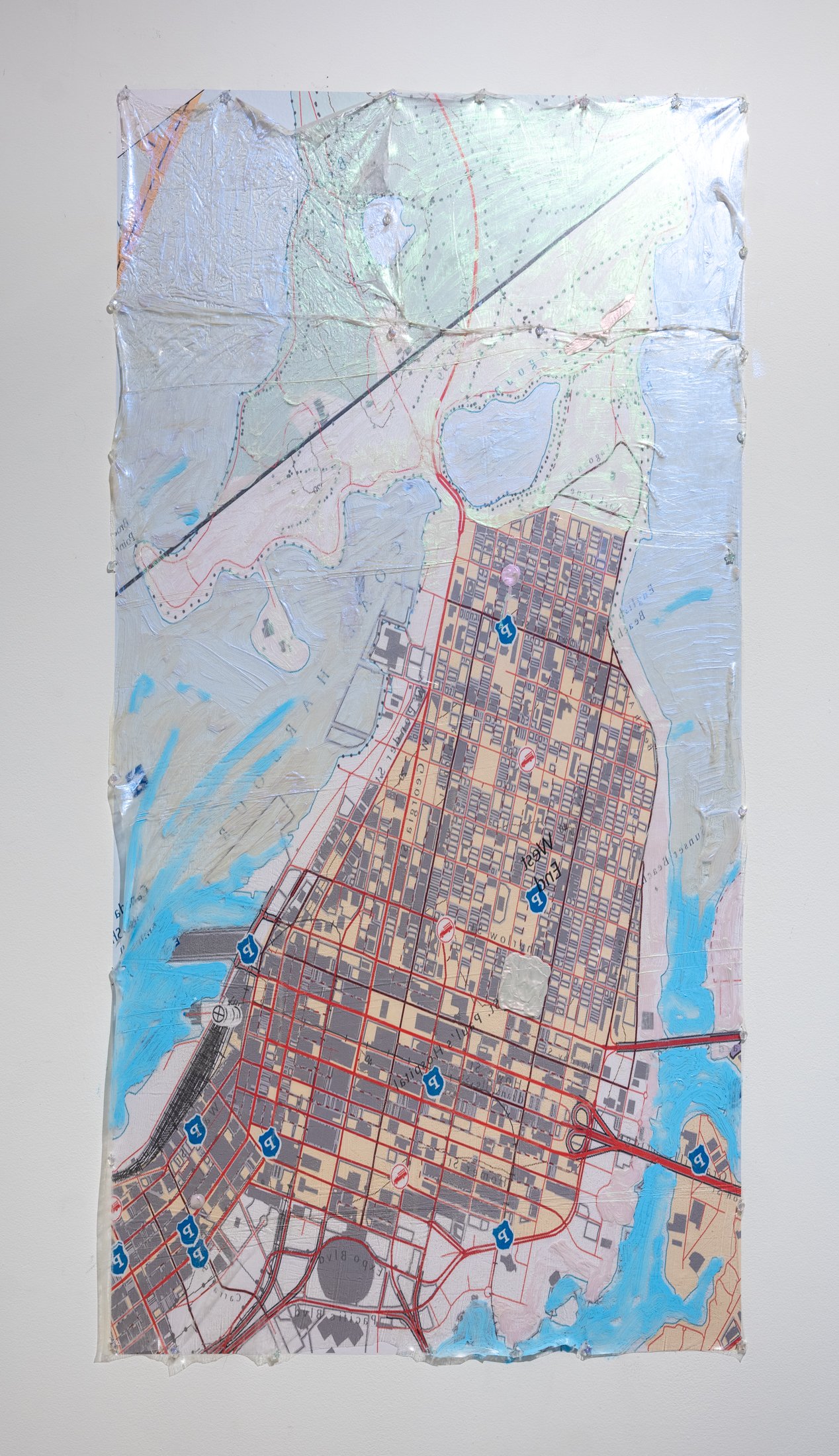Dion Smith-Dokkie: This Will Be the First of a Thousand Worlds We Give Life To
This Will Be the First of a Thousand Worlds We Give Life To
Dion Smith-Dokkie
Running November 24, 2023 to January 20, 2024
Opening November 24, 7pm–9pm, with Artist Talk at 7:30pm
Brochure available here and scroll down to read the Outro by Rebecca Bair
“The cartographer does not wish to contemplate. Still, he wonders if on his map he made our road a little smoother, a little straighter, as if in his drawing, he might erase a small bit of history's disgrace.“
–Kei Miller, The Cartographer Tries To Map A Way To Zion
"I am not nostalgic for a country that does not yet exist on a map."
–Dionne Brand, A Map To The Door of No Return
An indecipherable translation, a map to a place that can never be—a map to a place that was; a yearning, a remediation, a rebuke…a distortion. Dion Smith-Dokkie's This Will Be the First of a Thousand Worlds We Give Life To establishes itself amidst the politics of mapping and the ongoing industrialization of the traditional territories of Treaty 8 First Nations, including West Moberly First Nations (WMFN), in northeast British Columbia (NEBC). Smith-Dokkie presents a decolonial schema for place-making that disrupts the logic of exploitative mimetic representations in map-making and upholds epistemological systems conjured by the dispossessed.
The mixed-media pieces in this exhibition are an incisive play on the neo-colonial terraforming project at work in NEBC. The practice of terraformation finds its origins in the realm of science fiction and entails the deliberate or hypothetical modification of a planet's biosphere to make it habitable to human life forms. Smith-Dokkie's definition of terraforming, however, is one that is cognizant of the fact that the lands in NEBC and beyond have always sustained their residents; therefore, the terraformation projects occurring in regions like NEBC are fundamentally motivated by a need to create favourable conditions that aid a neo-colonial capitalist extraction economy.
In This Will Be the First of a Thousand Worlds We Give Life To, we are offered a speculative approach to cartography - a counter map, an alternate account of things. In these ethereal panoramas-embedded with ruptures, shimmers, and breaks Smith-Dokkie utilizes and re-appropriates found satellite images and maps enveloping them in pellucid membranes, malleable skins. Smith-Dokkie's maps confront the existing relationships between Western cartographical protocols and terraformation, and in doing so, the artist presents an alternate proposition for mapping and spatial coordination which echoes Indigenous cartographical conventions.
The artist’s unorthodox mixed media canvases are disorientating and almost insurgent. The works in this exhibition are primarily informed by oral accounts that the artist received while conducting Traditional Land Use Studies (TLUS) for their nation, which aimed to reveal the longstanding and ongoing connections that the members of WMFN have with the territory, terrain, land, and bio-relational networks of the region. During the TLUS process, oral histories were collected and transcribed in quantitative and qualitative spatio-temporal data. Via mutation and refraction, the artist emulates these past procedures and transforms their experience into speculative territories and affective records that problematize the colonial imagination of the region and accompany--through dissimilar and critical means--communal histories undertaken in relation to the land, as actions that establish and enact sovereignty and belonging.
This exhibition invokes a pragmatic, derisive, yet buoyant future imaginary informed by the happenings of the present. Smith-Dokkie's maps chart a course toward dreams of nationhood, dreams of self-governance, dreams of collective emancipation. The work in This Will Be the First of a Thousand Worlds We Give Life To, asks their viewers to implicate themselves and bear witness to ongoing acts of impairment that occur on Indigenous territories in the name of so-called progress. These works themselves bear witness, they attempt to bring us to attention, they act as compassionate reflections on the political matters of our times.
Olumoroti George
Artistic Director
About the Artist
Dion Smith-Dokkie (he, they) lives as an uninvited resident on Musqueam, Squamish, and Tsleil-Waututh homelands and territories. He was born in Fort St. John and grew up in the Peace River region of northeast BC and northwest Alberta. Dion locates themselves as a gay, mixed-race European-Indigenous man who lives with mental illness; he is a member of West Moberly First Nations in Treaty 8. They hold a BA in Women’s Studies from the University of Victoria (2015), a BFA in Painting and Drawing from Concordia University (2019), and an MFA in Visual Arts from the University of British Columbia (2021). Dion thanks the BC Arts Council for its generous support of the present exhibition.
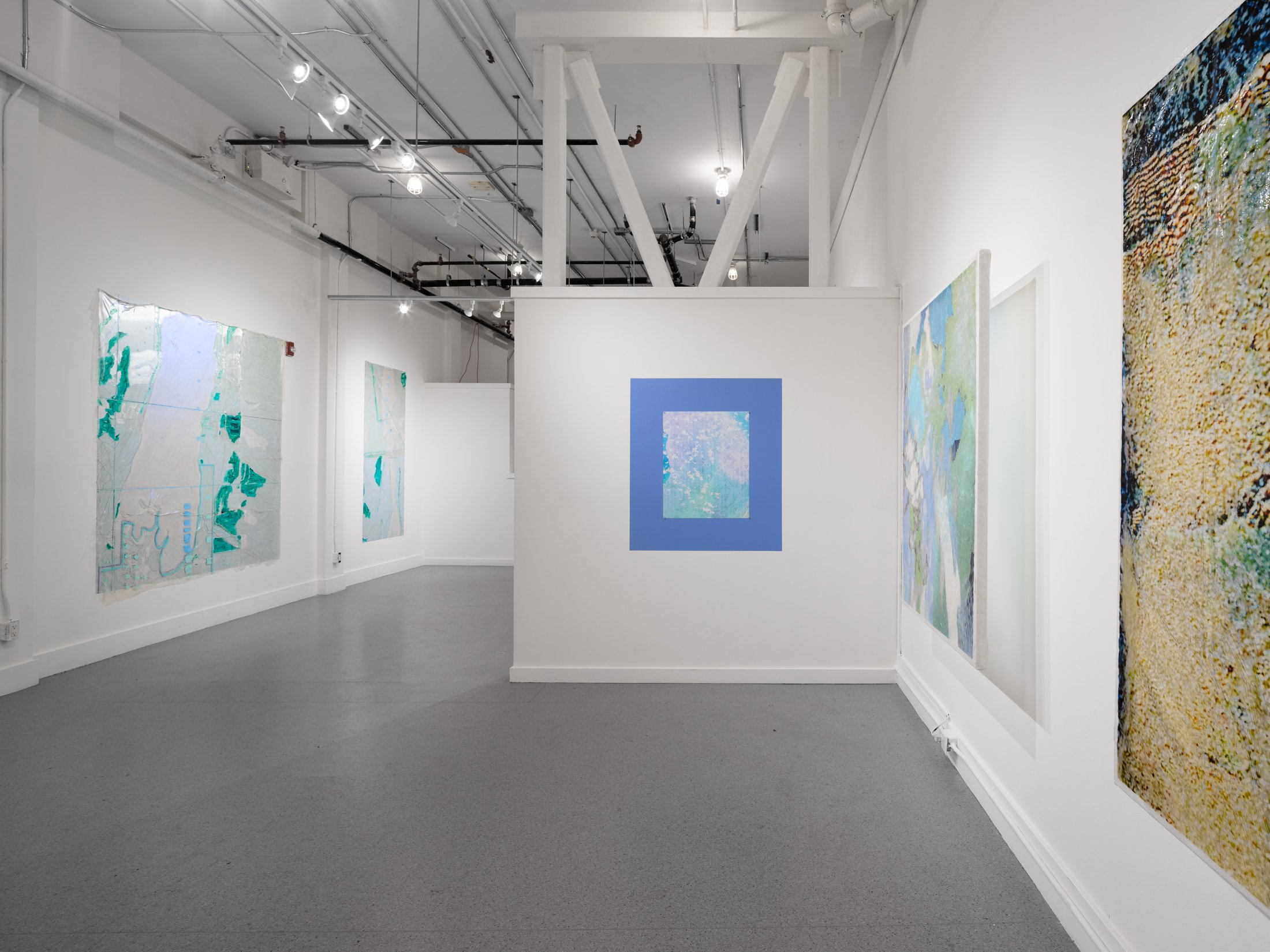
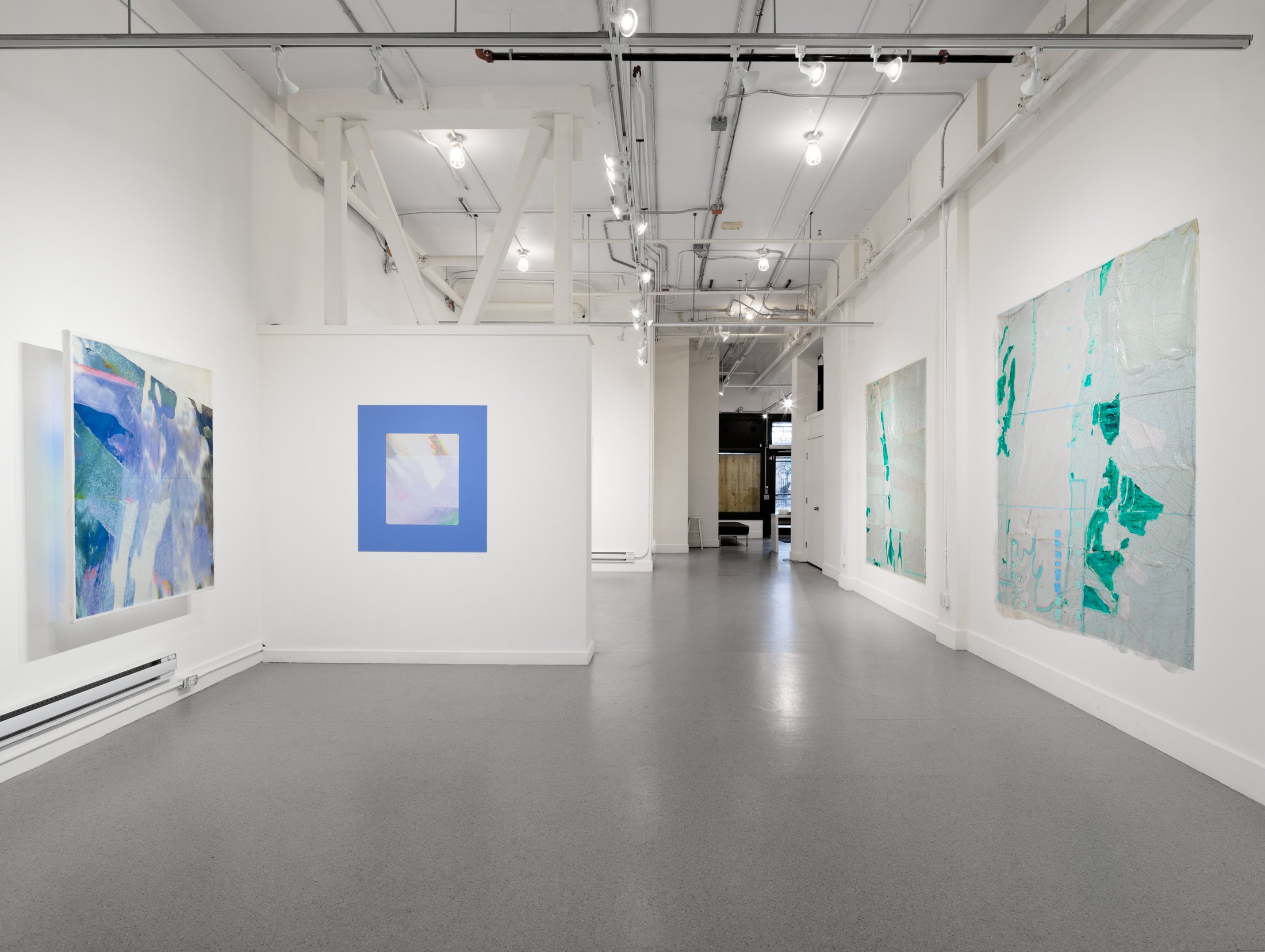
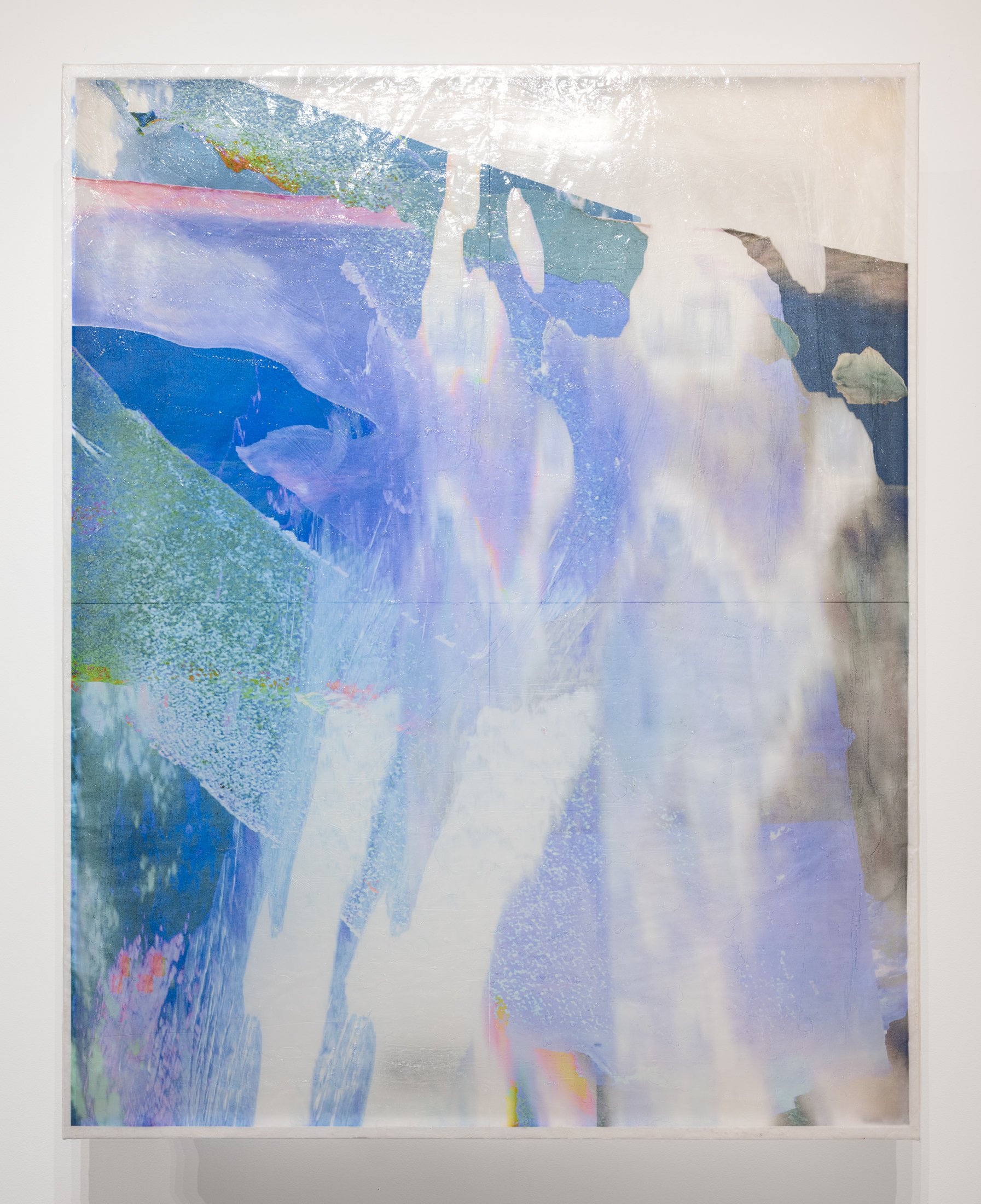
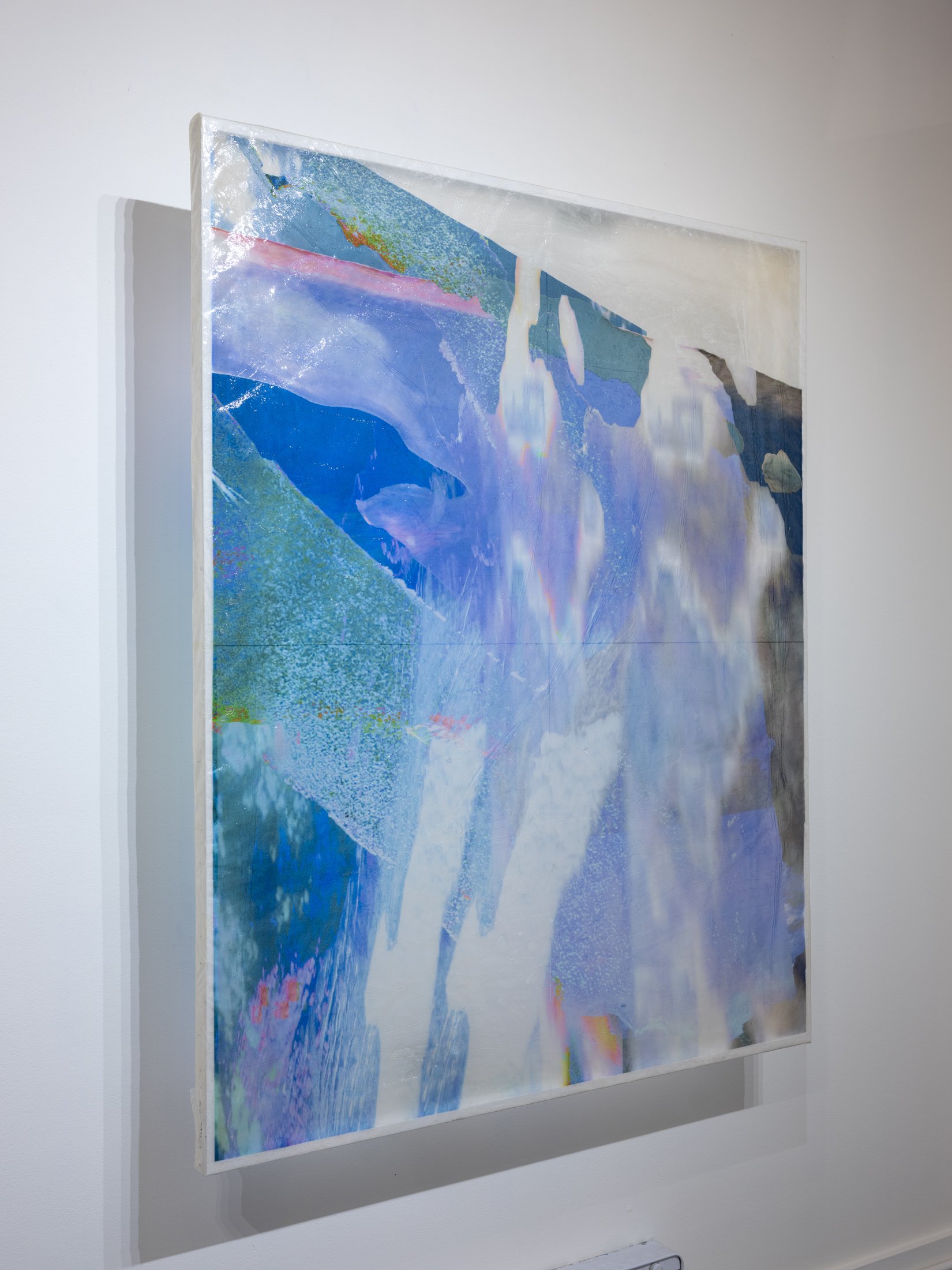
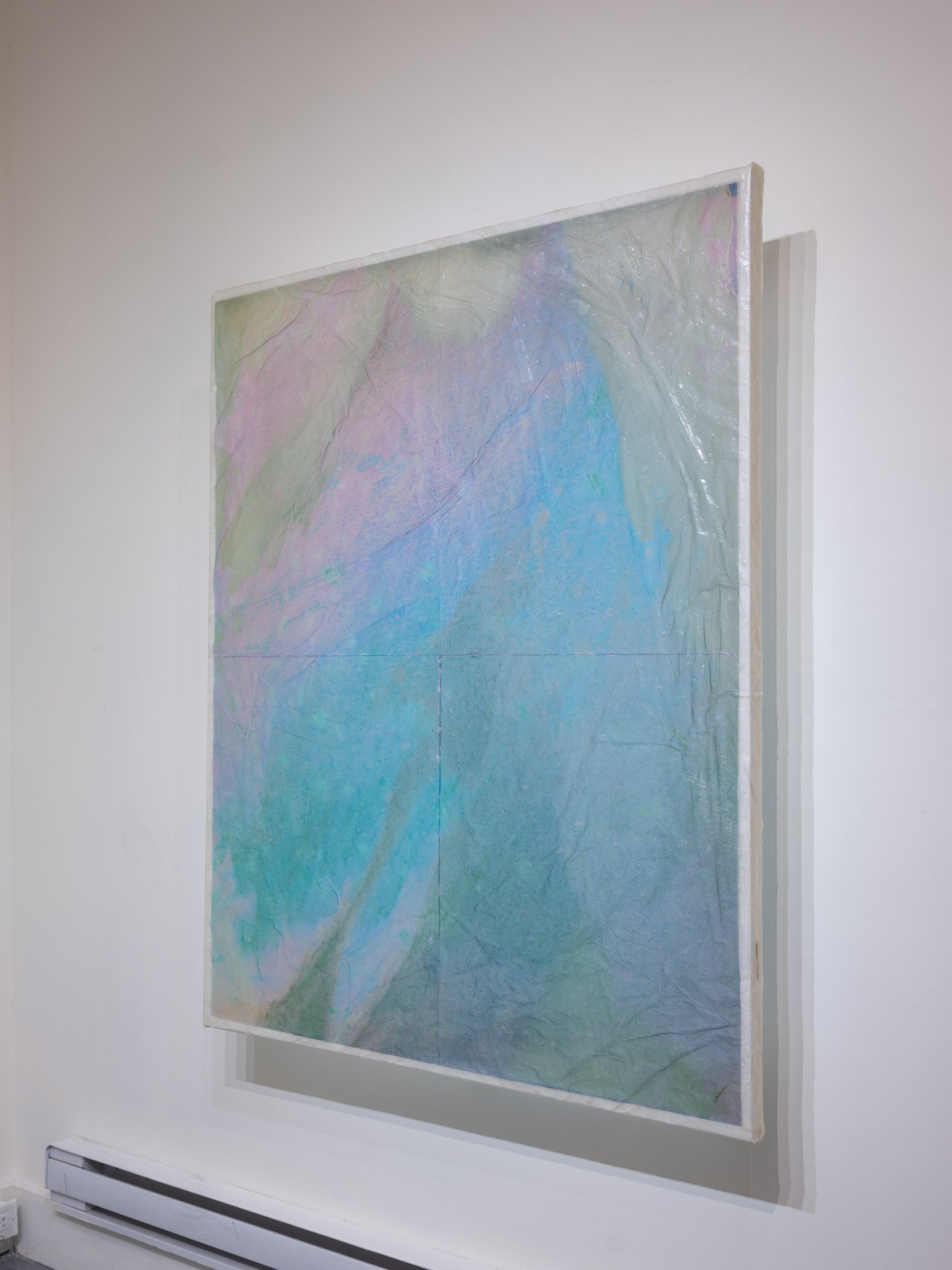
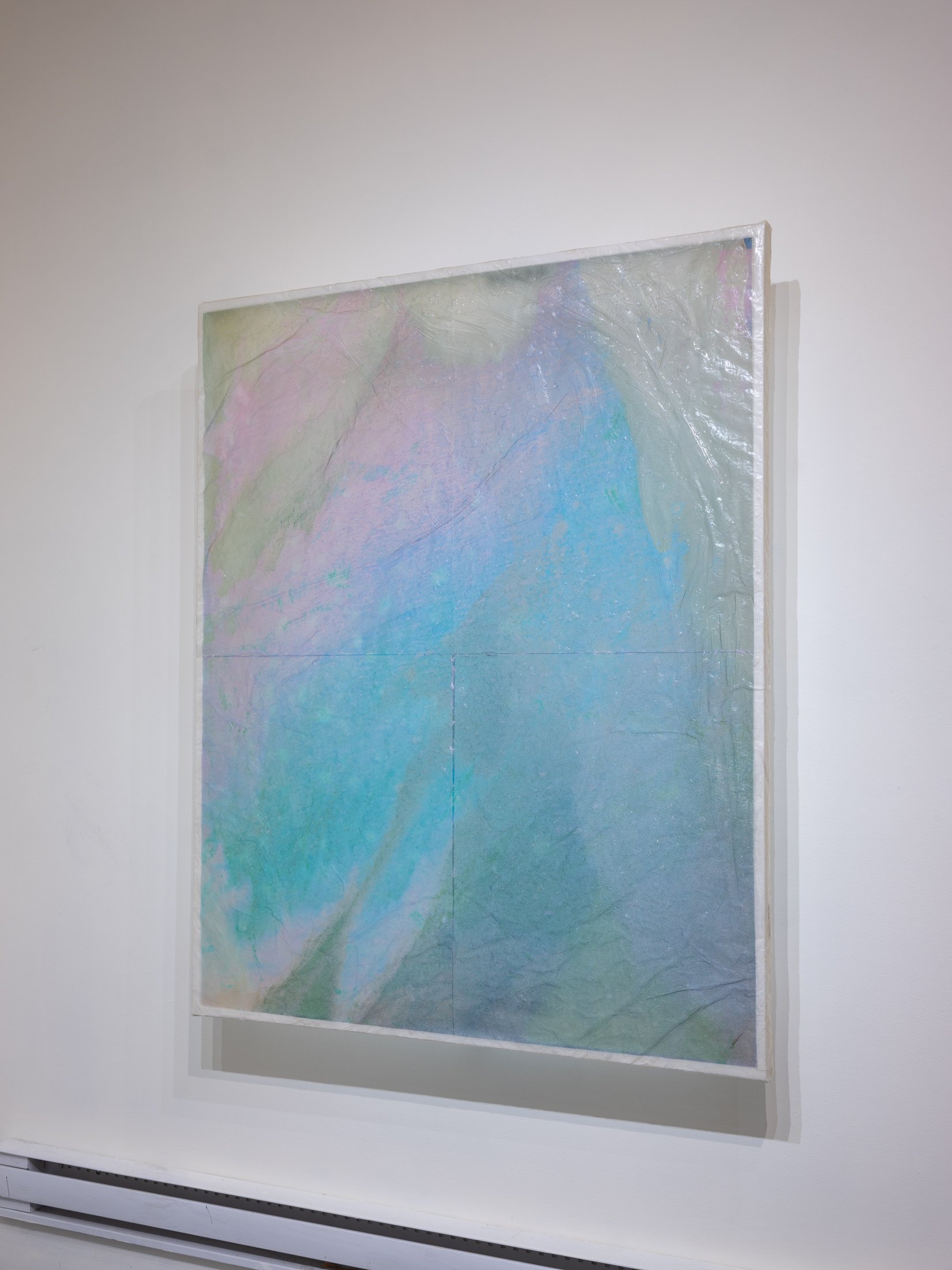
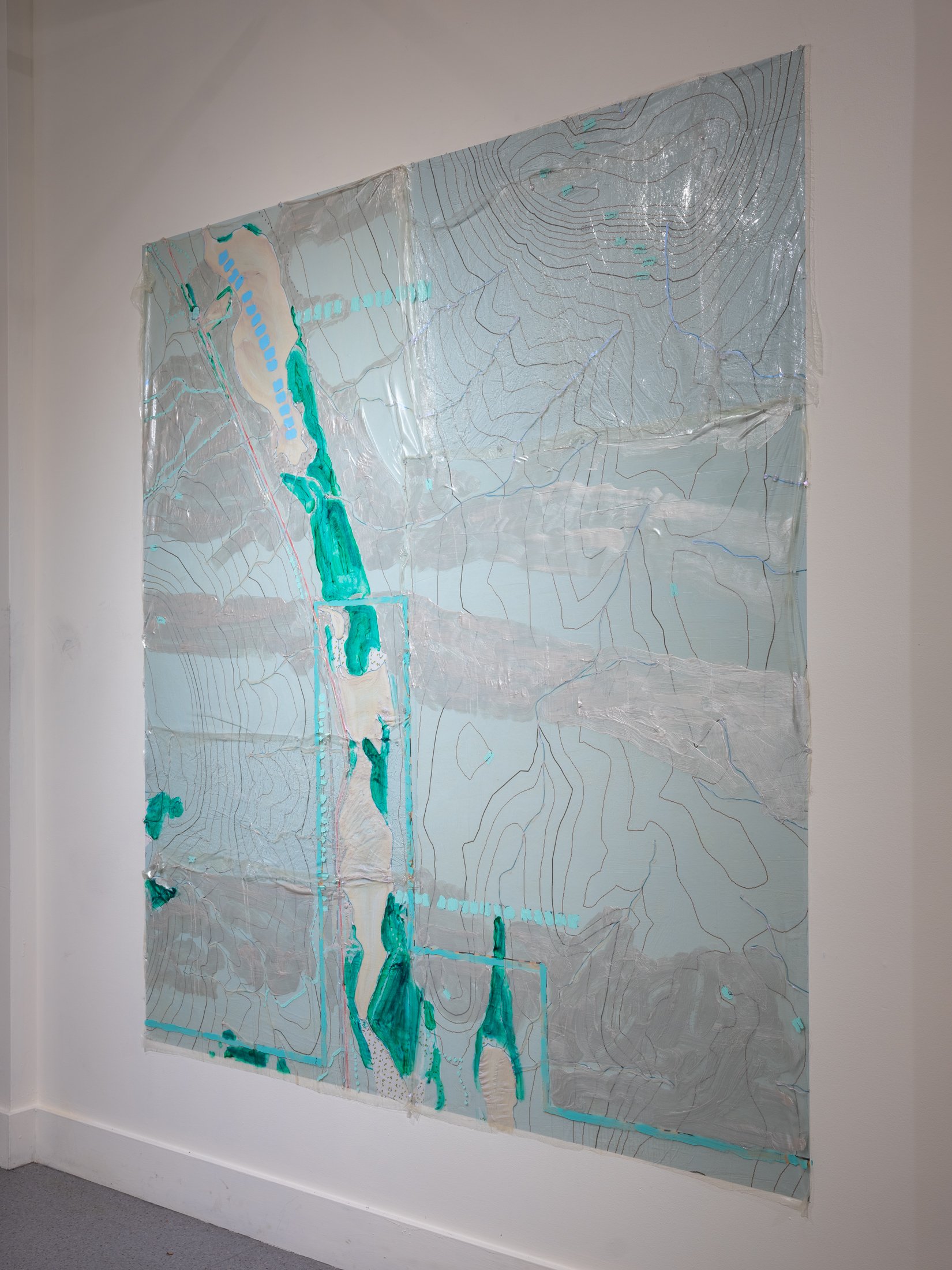
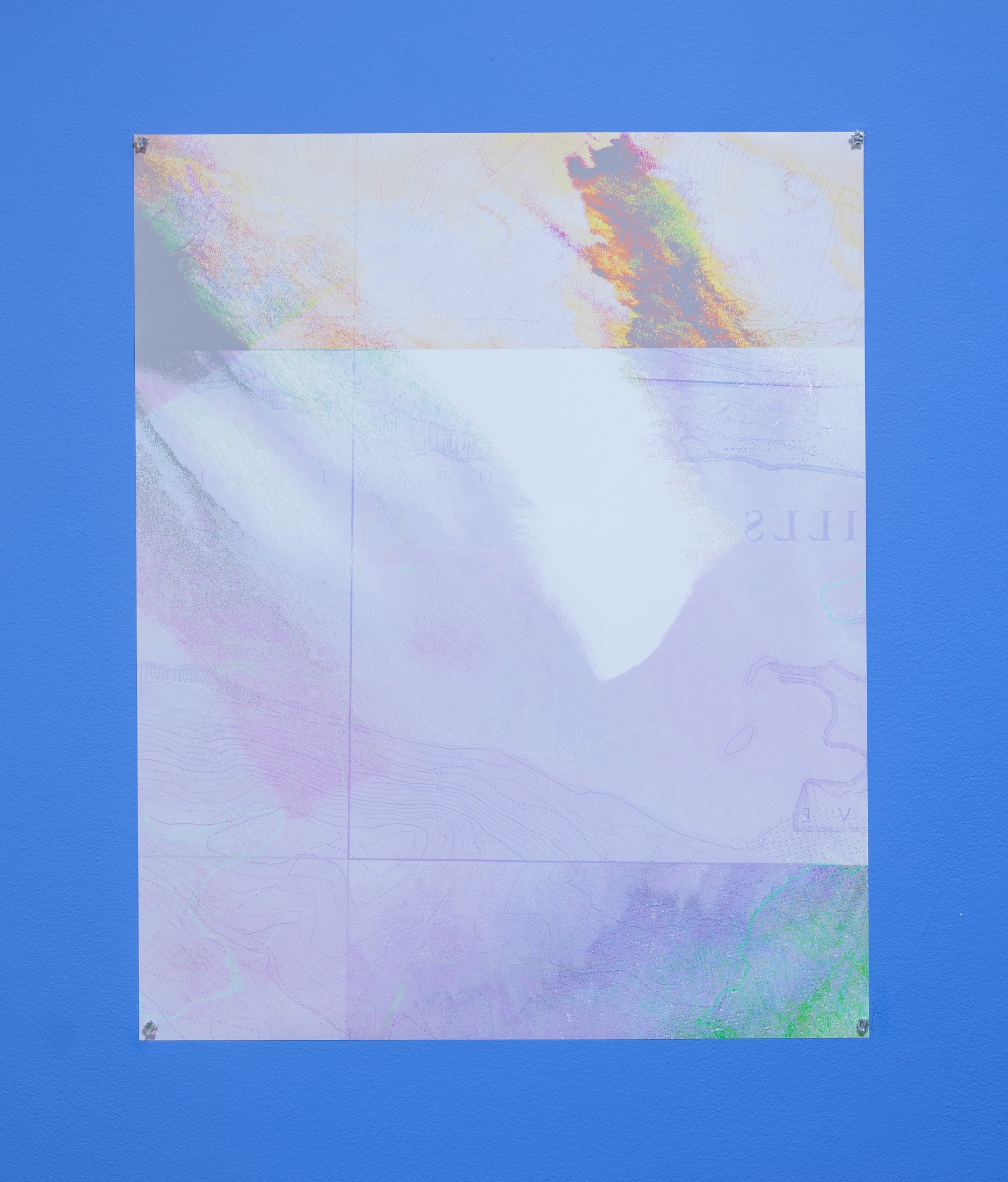


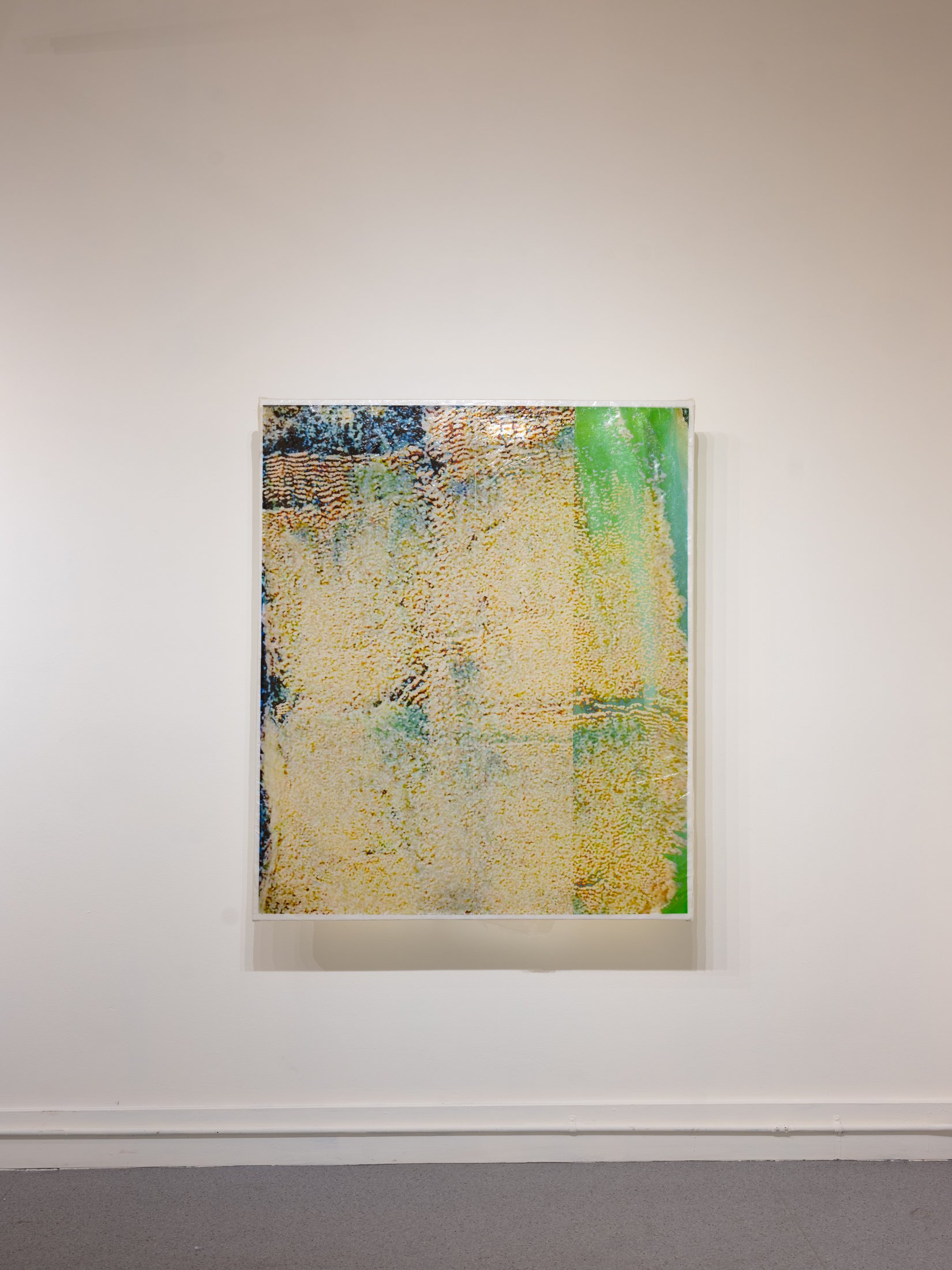
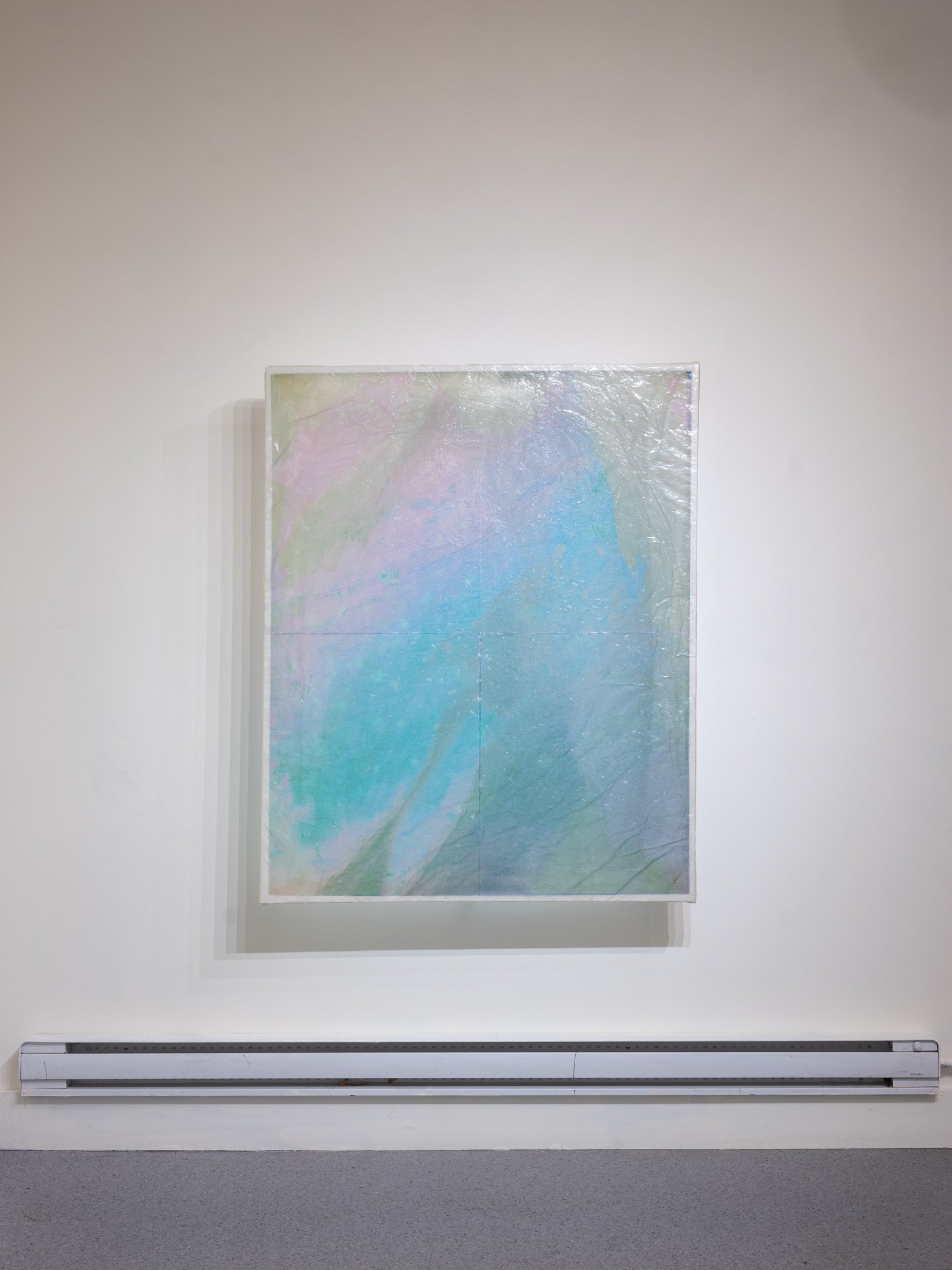
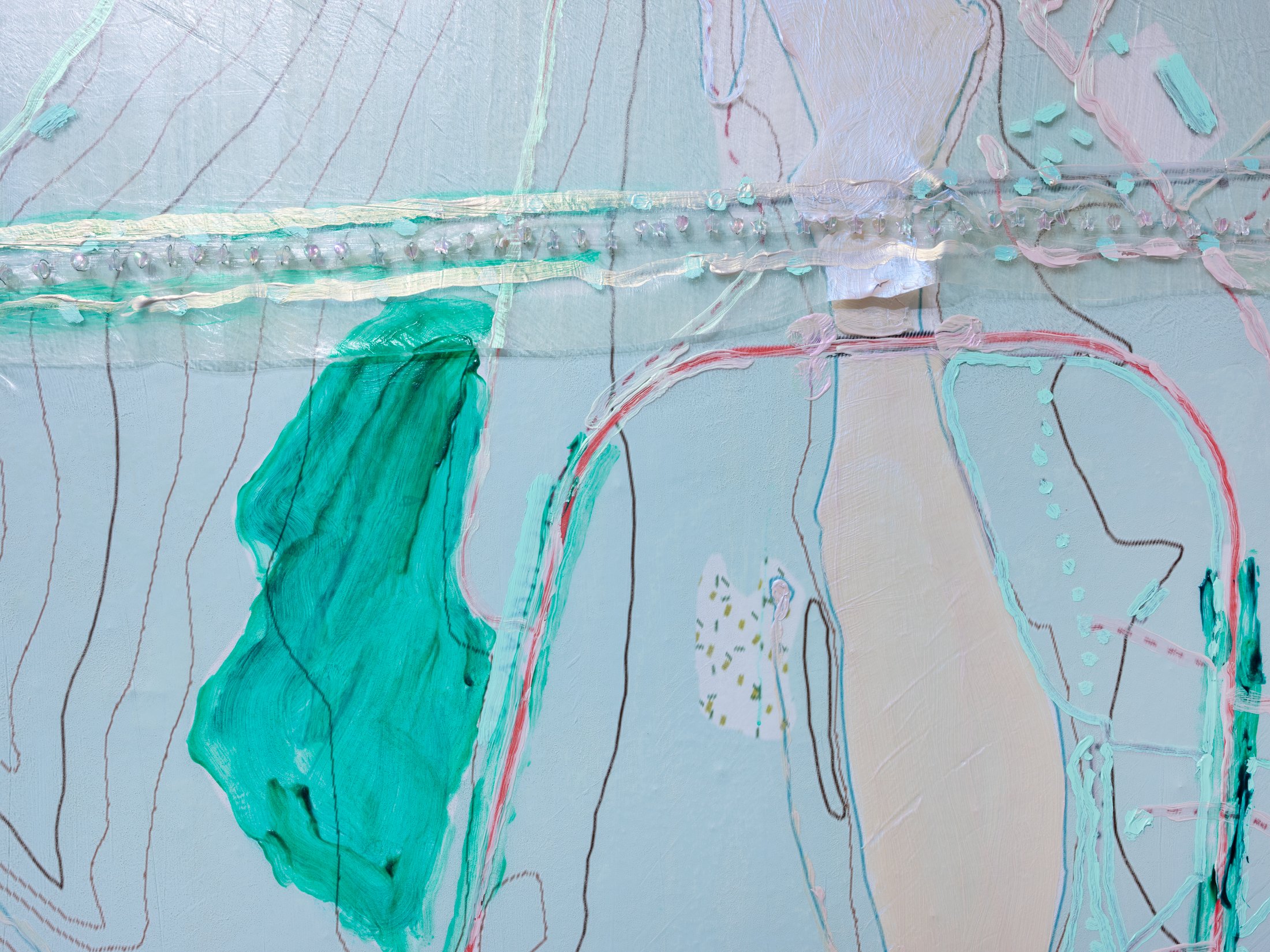
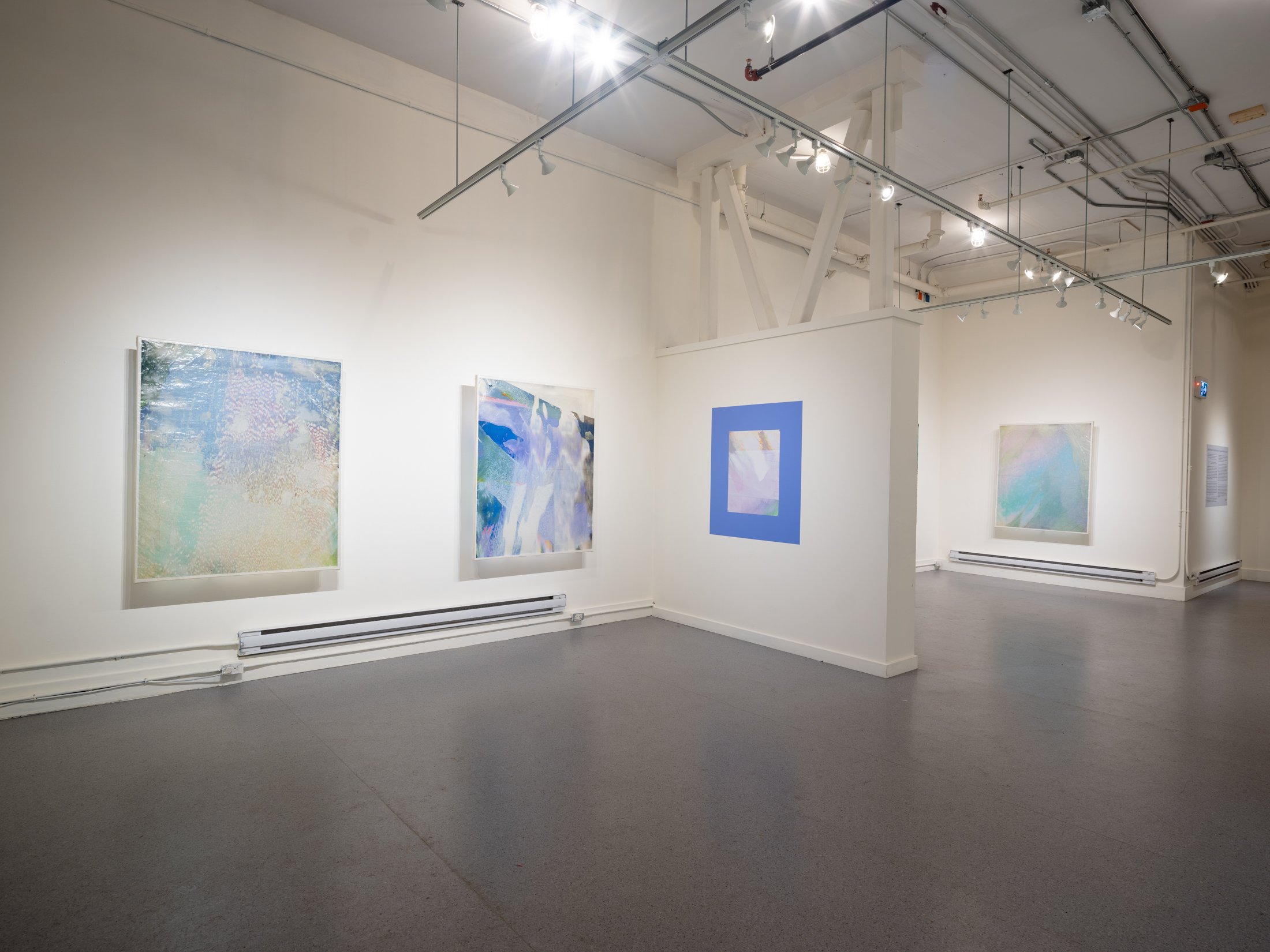
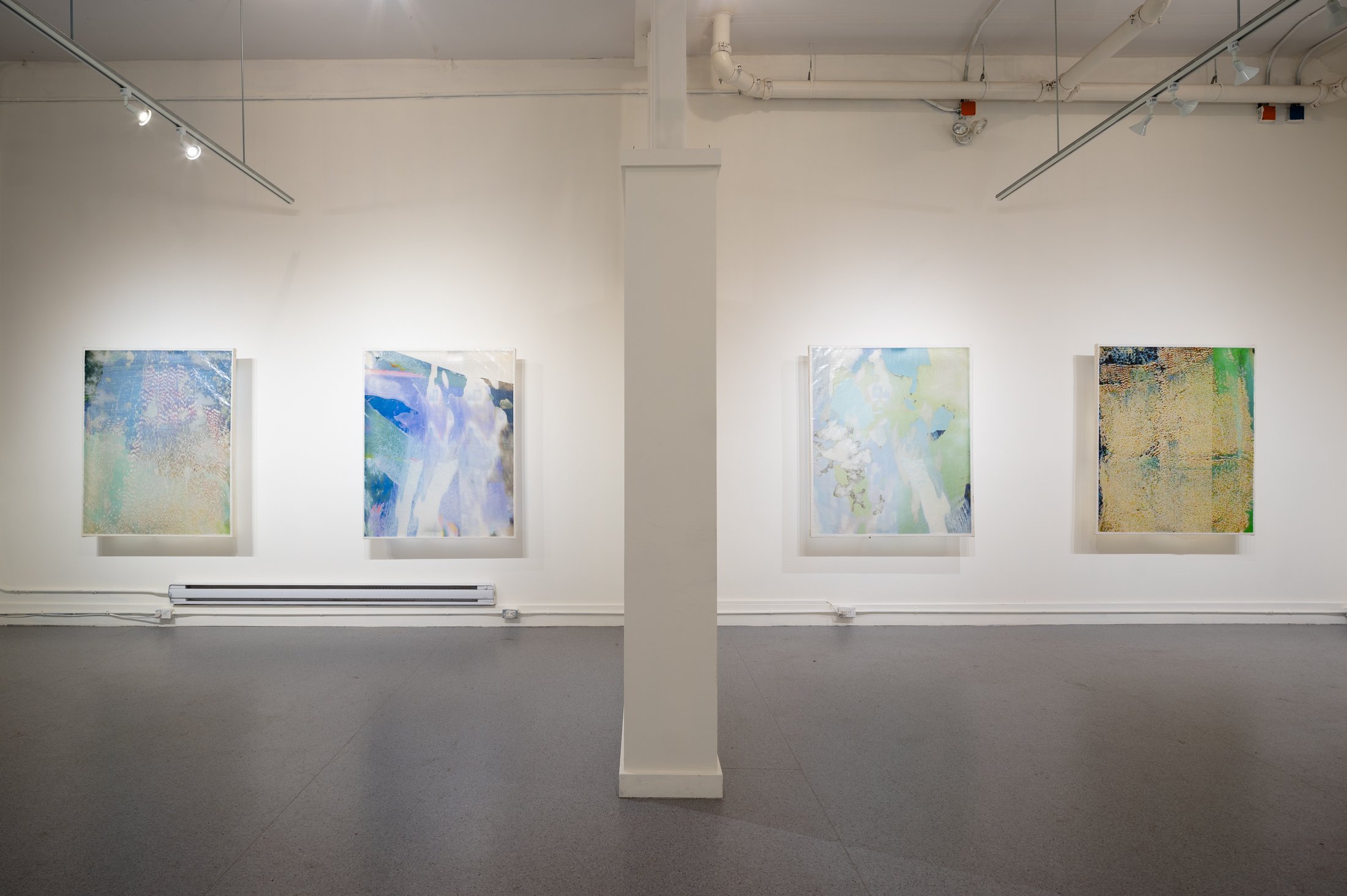
Outro
Rebecca Bair on This Will Be the First of a Thousand Worlds We Give Life To by Dion Smith-Dokkie
Encountering This Will Be the First of a Thousand Worlds We Give Life To by Dion Smith-Dokkie;
A mapping of memories I have not lived;
A guide to navigate waters I do not know;
Like the annotations in the margins of a favourite book;
Perception, intuition, a knowing;
Critical and subjective expansions;
The ones I cannot decipher;
A few thoughts here, a highlight there, an exclamation in bright red in between;
The corner of the page folded;
A reminder to come back.
****
It is the journal I do not have the key for;
The one in your bedside table;
Under your pillow;
In your backpack;
The one you tell all of your secrets to;
The one that knows your deepest sadness;
Your brightest joys;
The moments in between;
The one you have only shown to your best friend;
With pages missing and skipped.
****
Revisiting reveals more to me every time;
A generous offering;
Maybe I have broken the code;
Or maybe because I've come back to experience it’s warmth and radiance;
Where the textural intersects with the colourful;
Where there is play and resistance;
The abstract is beginning to feel familiar.
****
Having seen does not grant legibility;
Having encountered does not permit feeling;
****
It brings me to a place of dreams;
Of unknown memory;
Ones that I have not seen for myself;
From far, they are poetic compositions of colour and line;
Complemented by the frame;
Or lack thereof;
The closer I get;
The more their dynamism expands;
The textural once again finds home within the colourful;
Both pause for the map beneath.
****
Rotated;
Flipped;
Peeling;
Shimmering in the light;
Their relations are alive;
In recognition of one another.
****
A map does not guarantee knowing.
A map cannot tell of the land lost, of the taking, of the violence.
A map does not document the changes, the people, the lives, the movement.
It takes an annotation.
An adornment is crucial.
Each note is love;
Each mark is care;
This is the only knowing.
